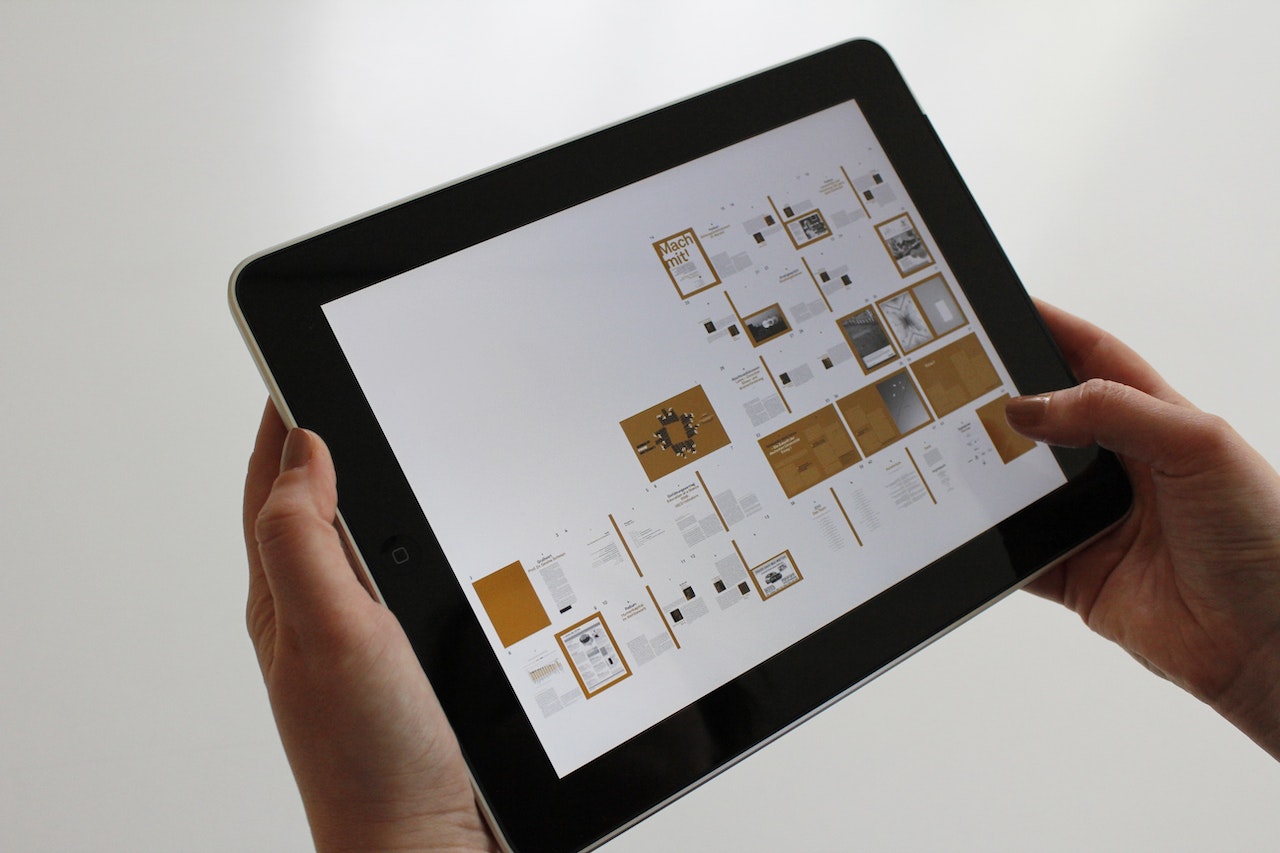Surety Bond Professionals is a family owned and operated bonding agency with over 30 years of experience. With access to a broad range of surety markets, our expert agents are ready to assist with all of your construction bonding needs.
What Is Integrated Digital Delivery?
Integrated Digital Delivery (IDD) has been defined as “the use of digital technologies to integrate work processes and connect stakeholders working on the same project throughout the construction and building life cycle.” It developed as a solution to the many problems in trying to meet the information needs of the large number of stakeholders in many construction projects—owners, architects, engineers, contractors, and so on. Such problems often result in rework, delays, and cost overruns throughout the project.
The technologies exist to produce, transmit, store, and access digital data from every phase of a project. IDD integrates that data to facilitate coordination and collaboration among stakeholders to improve data-based decision-making and project management.
4 Project Phases
The technologies and activities that generate and use data are identified below for each of the four major phases of a construction process.
Phase 1: Digital Design
During the design phase, the building design is created according to the client’s vision and requirements and is subjected to BIM-based sustainability analysis and constructability analysis. Technologies involved include BIM, augmented reality, virtual reality, and big data analytics. (The term “big data analytics” describes the process of examining large and complex data sets to uncover hidden patterns and correlations through prescriptive, diagnostic, descriptive, or predictive analytics and the like.)
Phase 2: Digital Fabrication
During digital fabrication, any standardized components that can be prefabricated off-site (e.g., precast concrete elements) are produced, which can involve such technologies as RFID material tracking, digital ordering, modeling, and fabrication, centralized control, robotics, smart sensors, and Just-in-Time delivery.
Phase 3: Digital Construction
During the digital construction phase, a wide variety of technologies are employed to support Just-in-Time delivery of prefabricated components, building materials, and supplies, and monitoring and completion of construction activities, resulting in the finished structure. These technologies include: 4-D progress monitoring; 3-D laser scanning; drones; RFID material tracking; virtual scheduling, sequencing, construction, and collaboration; photogrammetry; mobile applications making BIM available on the jobsite; biometric controls and real-time location services for safety; smart crane navigation system; artificial intelligence and computer vision.
Phase 4: Digital Asset Delivery and Management
This post-construction phase entails real-time monitoring to support ongoing operations and maintenance. Technologies commonly used at this point include BIM for defect management and asset management, digital progress reporting and claims, a building management system, technology for smart facilities management (such as smart sensors).
Of course, not all construction projects, not even all larger projects, will involve every single one of these digital technologies. Even so, the amount of data being generated–and the multitude of uses for it–make a common data environment essential.
Benefits of Integrated Digital Delivery
A cloud-based integrated digital delivery system eliminates many of the issues, potential delays, and costs associated with the use of RFIs (requests for information) in the construction world. An RFI is a formal, written request or notification that requires a timely, accurate response. The most common uses of an RFI are:
- To request additional information or clarification (of plans, drawings, specifications, agreements, etc.)
- To propose a substitution (of materials, for example) or an alteration
- To identify a problem or deficiency of some sort
With an integrated digital project delivery system in place, such matters are cleared up easily, quickly, and appropriately because everyone has access to the same data.
Additionally, the risk of errors and rework is greatly reduced because everyone is working from the latest designs and BIM data. Digital modeling and estimation increase accuracy, expedite decision-making, and reduce waste. For example, Integrated Concurrent Engineering (ICE) meetings can involve more stakeholders and support real-time resolution of issues. And with IDD, information management becomes much more effective and both quality and safety improve as a result of resolving potential issues before they can become problems.
A survey of builders in Singapore using IDD showed improvements in project outcomes, including meeting or exceeding cost, schedule, and quality goals. Such improvements bring financial benefits as well. Profit margins are higher, for one thing.
An often-overlooked financial benefit is an increase in bonding capacity from greater profitability and a reputation for on-time, within-budget project completion. For companies undertaking multiple projects at the same time, or moving up to the next tier and taking on larger projects, bonding capacity is paramount.
Get A Quote
Our surety bond professionals will get you the construction bonds you need at a competitive rate.





